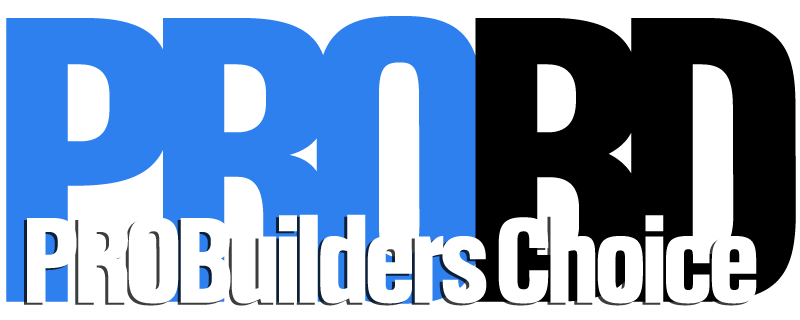According to a new Zillow report, a major shortage of affordable housing options is exacerbating America’s affordability dilemma, particularly for individuals trying to move out on their own for the first time.
This massive housing gap highlights the need for policies and investments that can encourage construction.
This lack of housing, particularly inexpensive ones, has resulted in millions of “missing” households, which primarily consist of individuals and families living in another family’s owned or rented home. In 2021, there will be over 8 million missing households across the country, compared to only 3.7 million housing units available for rent or sale, resulting in a 4.3 million home shortfall.
“The U.S. housing market is like a high-stakes version of the game musical chairs,” Orphe Divounguy, senior economist at Zillow, stated. “There are simply not enough homes for millions of people. Unless we address the shortage of smaller, more-affordable, starter-type homes, we risk leaving families without a seat — and it will only get worse over time.”
There were more than two potential households — families in need of their own houses — for each of the 3.7 million housing units available for rent or sale across the country in 2021. This indicates that even if every absent household had been ready and able to relocate, 4.3 million households would have been left without a place to live.
The majority of families who double up have lower earnings, emphasizing the need for smaller, more affordable homes. 68% of the doubling-up families had an annual income of $35,000 or less.
The disparity between future housing demands and existing homes is manifesting itself in spectacular manner across the country, particularly in the most costly coastal property areas, such as Los Angeles, San Francisco, San Jose, San Diego, and Boston, but also in cities like Boise.










